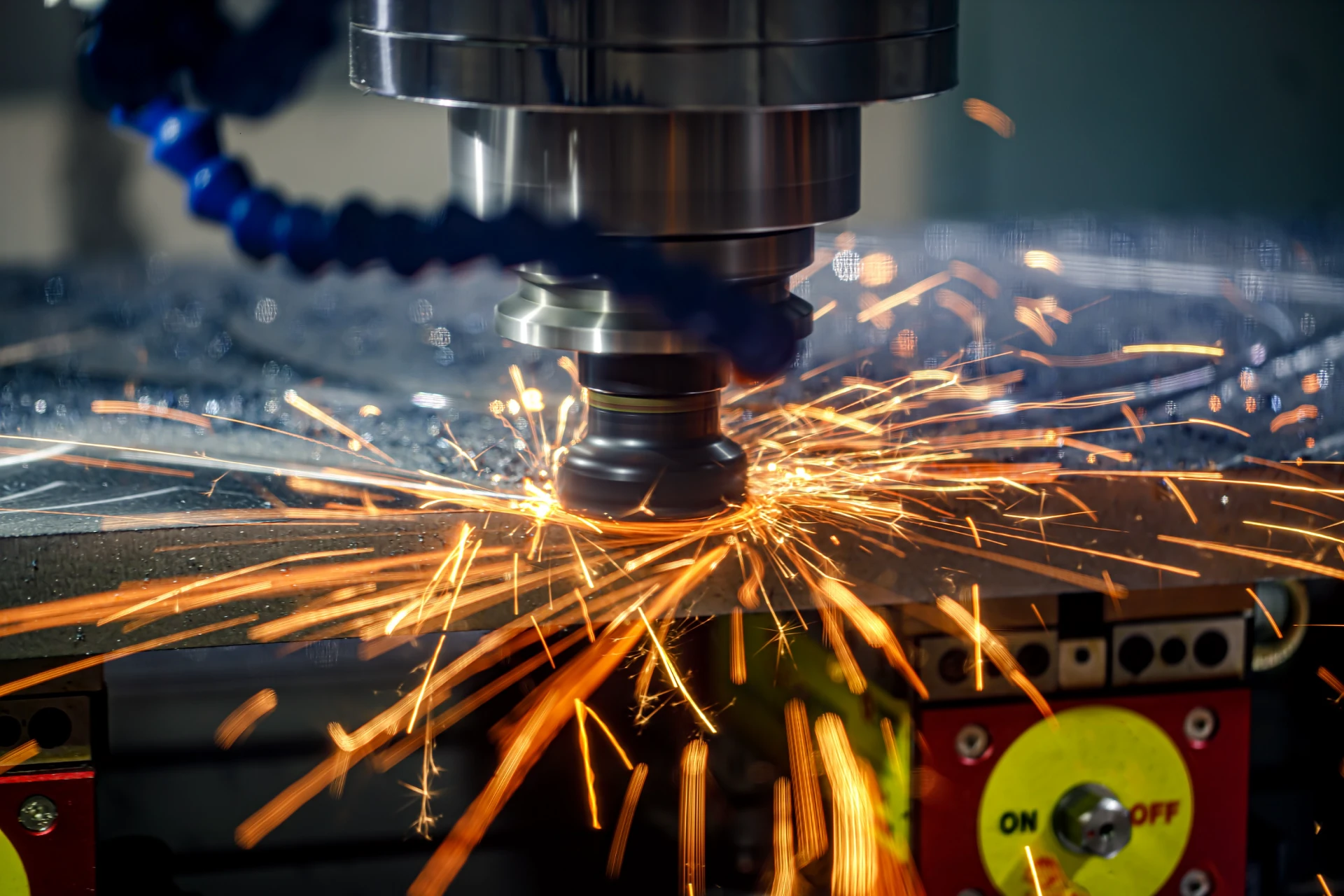The Importance of Ejector Pins in Die Casting Processes for Optimal Production Efficiency
The Importance of Ejector Pins in Die Casting
Die casting is a widely used manufacturing process for producing metal parts with high precision and excellent surface finishes. Among the numerous components involved in this process, ejector pins play a critical role in ensuring the efficient production of quality castings. This article delves into the significance, design, and application of ejector pins in die casting.
Understanding Die Casting
Die casting is characterized by forcing molten metal under high pressure into a mold cavity. The molds, typically made from steel or other durable alloys, must be designed to withstand the physical and thermal stresses that arise during the casting process. Once the molten metal cools and solidifies, the mold must be opened to release the finished part. This is where ejector pins come into play.
The Role of Ejector Pins
Ejector pins are used to remove the solidified casting from the mold after it has cooled sufficiently. They are typically located within the mold, strategically positioned to push the casting out without causing damage. The primary function of ejector pins is to apply a force to the casting, overcoming any sticking that may occur due to the part’s shape or the surface tension of the molten metal as it solidifies.
Without ejector pins, the removal of finished parts could lead to defects, such as surface scratches or breakage, and could complicate the overall production process. Properly designed ejector pins ensure that parts can be ejected quickly and effectively, thereby reducing cycle times and enhancing productivity.
Design Considerations for Ejector Pins
ejector pins in die casting

When designing ejector pins for die casting molds, several factors must be considered to ensure optimal functionality.
1. Material Ejector pins are typically made from high-strength steels or other durable materials that can withstand repeated use and the harsh environment of the die casting process. The choice of material can significantly impact the longevity and reliability of the pins.
2. Diameter and Length The size of the ejector pins is critical; they must be thick enough to withstand the force required to eject the casting but slender enough to avoid leaving marks or creating stress points on the part itself. The length of the pins must also be aligned with the dimensions of the mold cavity to ensure effective ejection.
3. Positioning The placement of ejector pins is carefully planned. Pins should be positioned to minimize the risk of damaging the casting and to evenly distribute the ejection force. Proper positioning can also help eliminate defects caused by uneven cooling or solidification.
4. Cooling Considerations In die casting, temperature control is vital. Ejector pins may also be designed with cooling channels to help regulate temperature during the casting cycle, which can further prevent deviations and improve production efficiency.
Conclusion
Ejector pins are an essential component of the die casting process, facilitating the removal of cast parts while maintaining quality and integrity. Their design, material selection, and positioning play a pivotal role in the overall success of the die casting operation. By understanding the importance of ejector pins, manufacturers can enhance their production processes, ensuring that high-quality components are consistently produced and that operational efficiencies are maximized. As the industry continues to evolve, ongoing innovations in die casting technology, including advancements in ejector pin design, will further enhance productivity and quality.
-
Precision Sheet Metal Stamping Manufacturer | Fast & ReliableNewsAug.01,2025
-
OEM Sand Cast Pump Valve Fittings - Baoding Hairun Machinery And Equipment Trading Co., Ltd.NewsAug.01,2025
-
Custom OEM Impellers | High Efficiency & PrecisionNewsAug.01,2025
-
OEM Sand Cast Pump Valve Fittings - Baoding Hairun Machinery | Customization, Quality AssuranceNewsAug.01,2025
-
OEM Sand Cast Pump Valve Fittings - Baoding Hairun Machinery And Equipment Trading Co., Ltd.NewsAug.01,2025
-
OEM Sand Cast Pump Valve Fittings - Baoding Hairun Machinery And Equipment Trading Co., Ltd.NewsJul.31,2025















